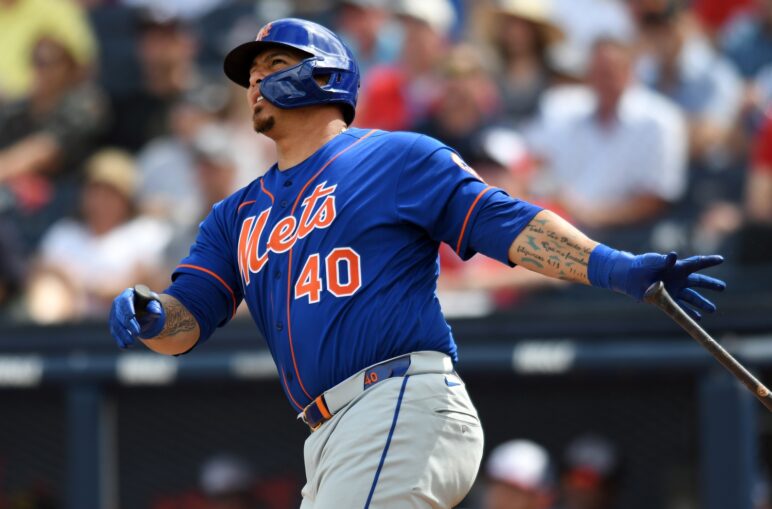
As we all know, MLB has instituted a number of updated rules coming into the 2020 season. And while baseball traditionally frowns upon change, I think one thing traditionalists would even acquiesce to is the new roster rules.
The “it’s about time” award goes to the decrease in September rosters from a hyperbolic 40 to 28. No one needs to see Skip stagger out of the dugout in the seventh, eighth, and ninth to call upon righty after lefty after righty after lefty. (MLB installed the 3-batter rule, as well, to help with this.)
The owners’ consolation to the Player’s Association is the 26th man. As of this season, every ball club can carry 26 players. Thus begs the question, how will teams use the extra artillery?
Traditionally, teams’ 25 man rosters have been composed of 13 batters (5-man bench) and 12 pitchers (5 in the rotation, 7 in the ‘pen). In recent years with the handling of care with fragile arms, many teams have shifted to 12 batters (4-man bench) and 13 pitchers (5 rotation, 8 ‘pen).
The caveat with the new 26-man rule is that teams can not roster more than 13 arms. Thus, teams are likely to slot 13 batter with 13 hitters.
With the added bench spot, there may be a case for some teams to roster a third catcher on their bench instead of another infielder, outfielder, or utility guy. This may not apply to all teams, but specifically teams like the Mets who carry an offense-first catcher for certain stretches of the season.

Let’s use Wilson Ramos as an example. Ramos actually proved to be a beacon of health in 2019, batting .288/.351/.416 in 141 games played. However, he, like most catchers, have checkered injury pasts and/or need their off-days. On days when Ramos sits and either Tomas Nido or Rene Rivera were to start, Ramos becomes an added weapon off the bench in late-game scenarios.
Teams like the Mets then have to assess the risk-reward in putting Ramos into the game in the seventh inning for an offensive lacking Nido/Rivera in a big spot.
Risk: Ramos gets hurt, the Mets are out of catchers. Reward: Ramos drives in two with a two out poke to right-center. The problem is the risk often hamstrings the manager from chancing the reward. Solution: employ a third catcher during various stretches of the season.
While a back-up catcher rarely provides any offensive spark, a third catcher likely provides even less. But in certain situations and roster constructions, it’s more about availing your primary catcher in key situations than production from your back-ups.
If your five-man bench consists of a utility infielder, a utility outfielder, an outfield/infield hybrid (ie: Dominic Smith), and two catchers, this machination could help such a team survive a June-July 20 consecutive game stretch.
This wont work or apply for some teams, and this is certainly not a season-long solution. But if you’re a team that has some flexibility with the 26th roster spot, calling up catcher #3 might open things up for catcher #1.
















